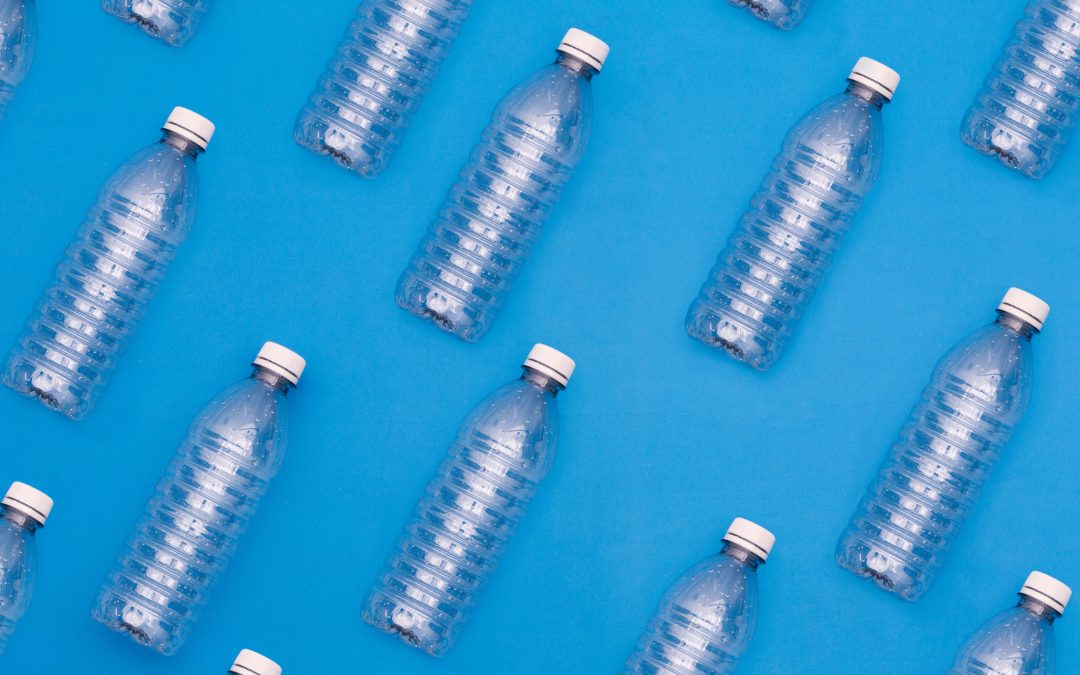A RPET backpack is made of 7 recycled plastic bottles!
With a RPET backpack you protect your own stuff and mother nature!
RPET safes on the use of virgin polyester
The last decade more and more bag designers and producers discovered the RPET backpack. They combine a premium bag, ergonomic design, and eco-friendliness in one. Although a growing number of people is understanding and acting to protect the environment, a good selling RPET backpack in the first place has to solve the pain points of the consumer.
RPET, or Recycled Polyethylene TETraphyte is a re-used polyethylene tetraphyte, or plastic. Every plastic you have ever used has started its life from a specific polymer. The PET or plastic comes from crude oil. The process of extracting crude oil from the ground is very damaging for the environment. The actual scientific process involves taking an alcohol called ethylene glycol and mixing it with terephthalic acid to produce molten PET. When this occurs, both products bond together in a process called esterification, creating a new long-chain polymer that we call polyethylene tetraphyte, or simply PET.
You can find PET in all kinds of products, 30% is used by the bottle factories, for bottles like Coca Cola, or Milk bottles. But also, the polyester in the clothes you wear is made of long strands of PET. Polyester is the worlds’ most popular manmade fiber! PET is a highly durable, inexpensive, lightweight fabric, and that makes it popular. It will take nearly 700 years before PET has been broken down into the soil, and that is not good news for our planet.
From PET to RPET
One of the great advantages of PET is you can turn it into rPET, or RPET. Because it is easy to recycle, in some countries up to 60% of the total bottle products are recycled into RPET! Instead of creating virgin polyester, the re use of PET for other beautiful new products avoid the PET to end up somewhere at a place it should not be for the next 7 centuries!
The bottles or other products from PET are chopped into tiny flakes, instead of using crude oil to create new PET. These flakes are then melted to separate the core PET ingredient inside of the bottle. With only half of the energy needed to produce new PET, factories can produce RPET.
How to turn a bottle into a RPET backpack?
The four steps to turn plastic bottles into recycled polyester fibers.
- Cleaning
The first step is cleaning. The purpose is to separate the bottle body from the cap. The second step is to soak the plastic in caustic soda to allow the sticky label to fall off. After two times of cleaning, the plastic sheet becomes very white and clean, which can meet the requirements of the subsequent fiber.
- Crushing
After the bottles are cleaned, they are shipped to a processing plant where workers separate the clear plastic from the colored plastic and send them to a plastic crushing line for shredding.
Crushing is one of the essential steps in the transformation of plastics into textiles. Plastic bottles of various sizes must be broken into small pieces of a certain size before they can be further recycled.
- Heat to melt and draw wires
When spinning, firstly dry the plastic sheet thoroughly, then melt it at 270℃, extrude it by screw extruder and cool it into filament, generally including staple fiber and filament.
Staple fiber enters a weaving process after spinning, while filament enters a weaving process after deformation and other processing. Weaving methods are generally divided into two types: machine weaving and knitting.
- Dyeing and shaping
After dyeing, finishing, shaping and other procedures, the cloth will become soft to be used for a backpack! Or other products.
Through “deep cleaning” at high temperature, vacuum and other conditions, the recycled PET plastic can even be used to produce food packaging, realizing the true “recycling”.
Pros and cons of a RPET backpack
A RPET backpack creates 50 to 75% less CO2 emissions than virgin polyester when produced and reduces water use by 90%, that is a clear advantage.
The use of RPET is not limited to the external material, but rather also the interior and the mesh on the carrying system can be made of 100% recycled PET. rPET as a material is robust as well as water and dirt repellent.
The use of recycled PET for bags is especially suitable for bags for outdoor usage.
All polyester bags have been pre-impregnated; thus, the bag is weatherproof (water-repellent) for the time being. Not only can water not get into the interior of the bag. Dirt can’t settle deep in the fabric either.
However, this protection doesn’t last forever which means that one should check regularly if the impregnation is still intact. When water doesn’t roll off the bag anymore, it’s time to renew the impregnation with a commercially available, PFC free textile impregnation spray.
Design your own RPET backpack
Contact us for your own customized RPET backpack
